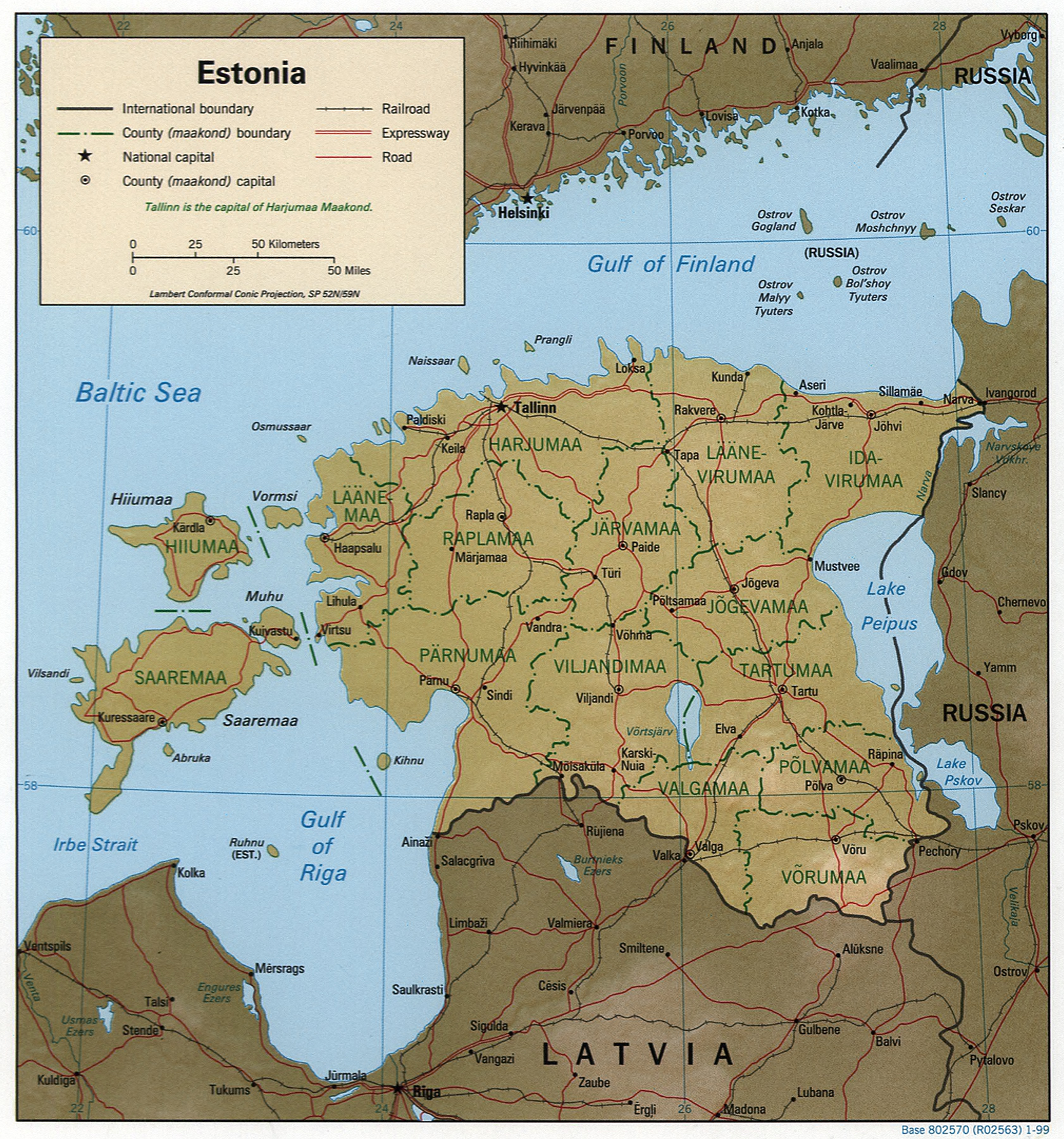|
Otepää Upland
Otepää Upland ( et, Otepää kõrgustik) is hilly area of higher elevation in Southern Estonia. Upland's area is about 1200 km2. The highest point of upland is Kuutsemägi (217 m). Part of upland is taken under protection (Otepää Nature Park Otepää (formerly Nuustaku) is a town in Valga County, southern Estonia, it is the administrative centre of Otepää Parish. Otepää is a popular skiing resort, popularly known as the "winter capital" of Estonia (in contrast to the "summer ca ...). References {{Coord, source:Wikidata, format=dms, display=t Hills of Estonia Valga County ... [...More Info...] [...Related Items...] OR: [Wikipedia] [Google] [Baidu] |
Southern Estonia
Between 57.3 and 59.5 latitude and 21.5 and 28.1 longitude, Estonia lies on the eastern coast of the Baltic Sea on the level northwestern part of the rising East European Platform. Estonia's continental mainland is bordered to the north by the Gulf of Finland (part of the Baltic Sea) across from Finland, to the east by Lake Peipus and Russia, and to the south by Latvia. Besides the part of the European continent, Estonian territory also includes the larger islands of Saaremaa and Hiiumaa, and over 2,200 other islands and islets in the Baltic Sea, off the western and northern shores of the country's mainland. Average elevation in Estonia reaches . The climate is maritime, wet, with moderate winters and cool summers. Oil shale and limestone deposits, along with forests which cover 47% of the land, play key economic roles in this generally resource-poor country. Estonia boasts over 1,500 lakes, numerous bogs, and 3,794 kilometers of coastline marked by numerous bays, straits, and i ... [...More Info...] [...Related Items...] OR: [Wikipedia] [Google] [Baidu] |
Kuutsemägi
List of hills in Estonia. See also * List of mountains in Europe References {{List of mountains in Europe Estonia Mountains A mountain is an elevated portion of the Earth's crust, generally with steep sides that show significant exposed bedrock. Although definitions vary, a mountain may differ from a plateau in having a limited summit area, and is usually higher th ... Estonia ... [...More Info...] [...Related Items...] OR: [Wikipedia] [Google] [Baidu] |
Otepää Nature Park
Otepää (formerly Nuustaku) is a town in Valga County, southern Estonia, it is the administrative centre of Otepää Parish. Otepää is a popular skiing resort, popularly known as the "winter capital" of Estonia (in contrast to the "summer capital" Pärnu). During the 2005–2006 season it became the site for FIS Cross-Country World Cup events. The name "Otepää" means "Ott's Head" in South Estonian, where ''ott'' is an euphemism for "bear". History The first settlement in Otepää was in 6th century BC. It has been inhabited continuously since the 6th-7th centuries. Otepää was historically important as the site of a viking hill fort and medieval castle. The fortress was first mentioned in Russian sources in 1116 when the princes of Novgorod and Pskov undertook a expedition against Tartu and Otepää. The conquest of Estonia during the Northern Crusades began with an attack on the fortress at Otepää in 1208. The fort was attacked again in 1217, when Christianized so ... [...More Info...] [...Related Items...] OR: [Wikipedia] [Google] [Baidu] |
Hills Of Estonia
A hill is a landform that extends above the surrounding terrain. It often has a distinct summit. Terminology The distinction between a hill and a mountain is unclear and largely subjective, but a hill is universally considered to be not as tall, or as steep as a mountain. Geographers historically regarded mountains as hills greater than above sea level, which formed the basis of the plot of the 1995 film ''The Englishman who Went up a Hill but Came down a Mountain''. In contrast, hillwalkers have tended to regard mountains as peaks above sea level. The ''Oxford English Dictionary'' also suggests a limit of and Whittow states "Some authorities regard eminences above as mountains, those below being referred to as hills." Today, a mountain is usually defined in the UK and Ireland as any summit at least high, while the official UK government's definition of a mountain is a summit of or higher. Some definitions include a topographical prominence requirement, typically or ... [...More Info...] [...Related Items...] OR: [Wikipedia] [Google] [Baidu] |


